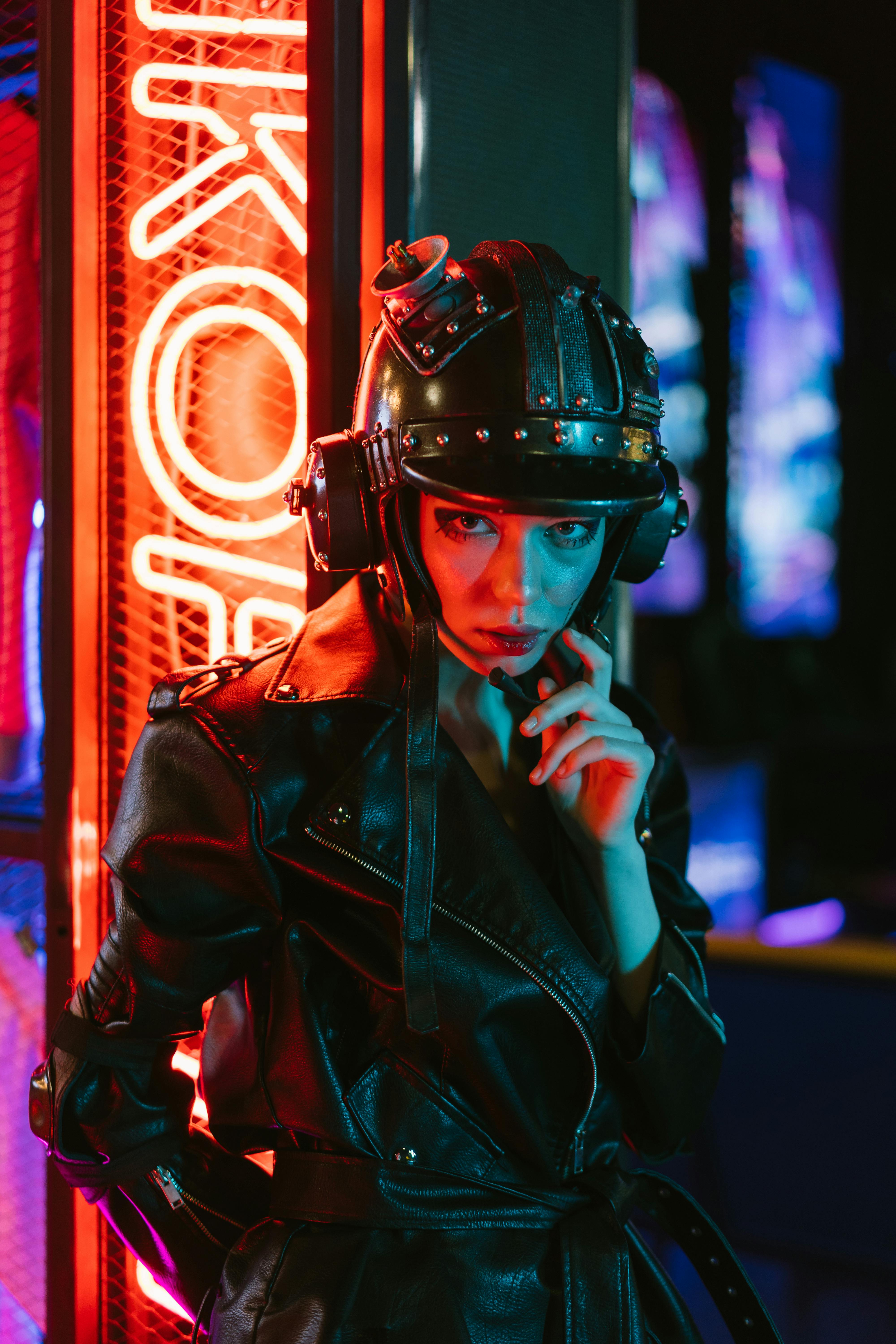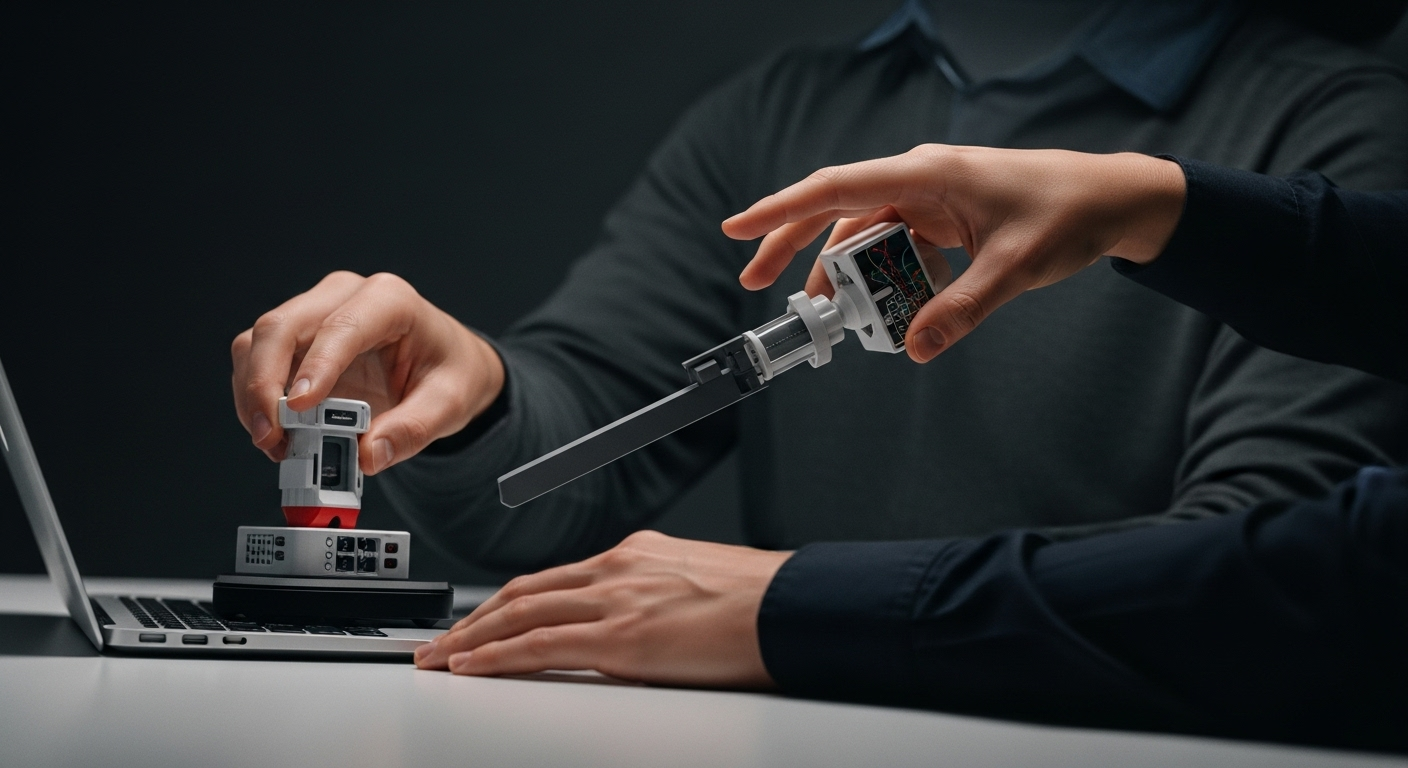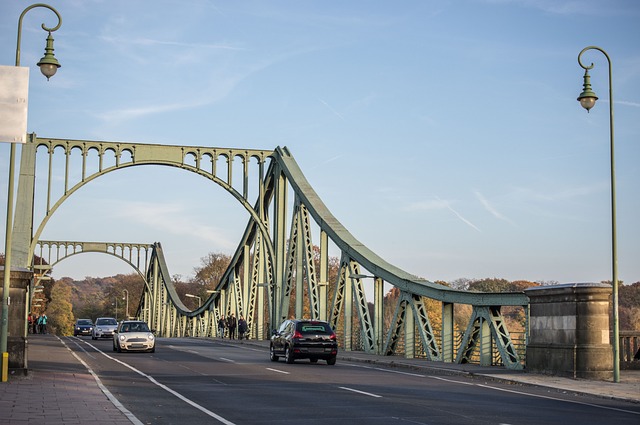Neon Nostalgia: The Retro-Futuristic Aesthetic in Modern Media
In an era dominated by sleek minimalism and ultra-modern design, a vibrant counter-trend is emerging across film, television, and video games. This aesthetic movement, often termed retro-futurism or neon noir, blends the neon-soaked cityscapes of 1980s cyberpunk with cutting-edge digital artistry. The result is a visually striking world that simultaneously evokes nostalgia for a bygone era and paints a vivid picture of an alternative future.

This aesthetic gained traction in the 2010s, with indie games like Hotline Miami and Far Cry 3: Blood Dragon popularizing the style. These works reimagined the garish color palettes and synthesizer-heavy soundtracks of the 80s through a modern lens, creating a unique visual and auditory experience that resonated with audiences.
The Visual Language of Neon Nostalgia
At the heart of this aesthetic is a distinctive visual language. Neon-lit urban landscapes dominate, often shrouded in perpetual night or rain. Holographic advertisements flicker against chrome and glass buildings, while characters sport fashion that blends retro elements with futuristic designs.
Color plays a crucial role, with intense purples, pinks, and blues contrasting sharply against deep blacks and greys. This creates a sense of otherworldliness while simultaneously evoking the feel of vintage neon signs and early computer graphics.
From Indie Darling to Mainstream Phenomenon
What began as a niche style in independent media has steadily gained mainstream appeal. The critically acclaimed Blade Runner 2049 brought the aesthetic to Hollywood blockbusters, while television series like Altered Carbon and Love, Death & Robots have embraced elements of the style.
In the gaming world, titles like Cyberpunk 2077 and The Ascent have pushed the boundaries of the aesthetic, leveraging next-generation graphics technology to create immersive, neon-drenched worlds that players can explore in unprecedented detail.
The Cultural Appeal of Retro-Futurism
The popularity of this aesthetic speaks to a broader cultural phenomenon. In an age of rapid technological advancement and societal change, there’s a certain comfort in reimagining a future based on a past we’re familiar with. It allows audiences to engage with futuristic concepts while grounding them in recognizable visual elements.
Moreover, the stark contrast and vibrant colors of the neon noir style provide a welcome escape from the often muted palette of contemporary design. In a world increasingly dominated by minimalist aesthetics, the maximalism of retro-futurism offers a bold alternative.
The Future of Neon Nostalgia
As with any trend, there’s always the risk of oversaturation. However, the versatility of the retro-futuristic aesthetic suggests it has staying power beyond mere novelty. Creators continue to find new ways to interpret and evolve the style, incorporating elements from different eras and cultures.
The influence of this aesthetic is also beginning to seep into other areas of design, from fashion to architecture. As virtual and augmented reality technologies advance, we may see these neon-soaked visions of the future begin to manifest in our physical world in unexpected ways.
In conclusion, the rise of neon nostalgia in modern media represents more than just a passing trend. It’s a reflection of our complex relationship with technology, progress, and the past. As we continue to hurtle towards an uncertain future, this vibrant reimagining of retro aesthetics offers both a comforting link to the familiar and an exciting vision of what’s to come.





